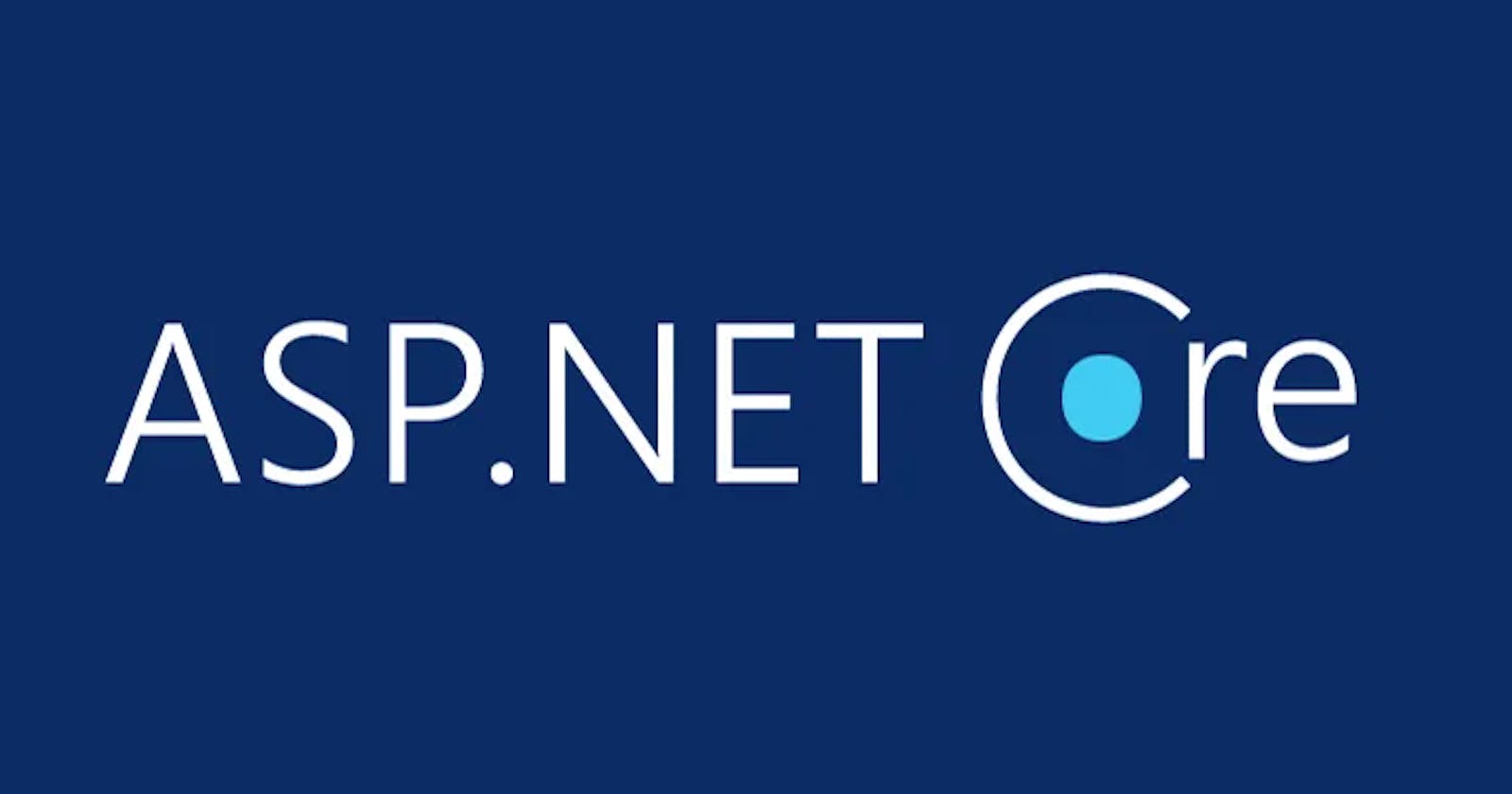Table of contents
Introduction
In this tutorial, we will walk through the process of building a CRUD (Create, Read, Update, Delete) ASP.NET Core API application using Entity Framework (EF) Core and PostgreSQL as the database. ASP.NET Core is a powerful and flexible framework for building web applications, and EF Core is a lightweight, cross-platform Object-Relational Mapping (ORM) tool that simplifies working with databases.
Prerequisites
Before we begin, make sure you have the following installed on your development machine:
.NET Core SDK (version 3.1, 6 or later)
Visual Studio or Visual Studio Code with the C# extension installed
Step 1: Create a new ASP.NET Core API project
Open your terminal or command prompt and execute the following command to create a new ASP.NET Core API project:
dotnet new webapi -n YourProjectName
cd YourProjectName
This will create a new ASP.NET Core API project with the name "YourProjectName."
Step 2: Install Entity Framework Core and Npgsql
To work with PostgreSQL using EF Core, we need to install the required packages. In the terminal or command prompt, navigate to your project folder and run the following commands:
dotnet add package Microsoft.EntityFrameworkCore
dotnet add package Microsoft.EntityFrameworkCore.Design
dotnet add package Npgsql.EntityFrameworkCore.PostgreSQL
These commands will install the necessary EF Core and PostgreSQL packages for your project.
Step 3: Define the model and context
In this example, let's create a simple model representing a "TodoItem." Open the Models folder in your project and create a new file named TodoItem.cs. Add the following code to define the model:
namespace YourProjectName.Models
{
public class TodoItem
{
public int Id { get; set; }
public string Title { get; set; }
public bool IsComplete { get; set; }
}
}
Next, let's create a new file named AppDbContext.cs in the Data folder (you may need to create the Data folder). Add the following code to define the database context:
using Microsoft.EntityFrameworkCore;
namespace YourProjectName.Data
{
public class AppDbContext : DbContext
{
public AppDbContext(DbContextOptions<AppDbContext> options) : base(options)
{
}
public DbSet<TodoItem> TodoItems { get; set; }
}
}
Step 4: Configure the database connection
In the appsettings.json file, add the connection string to your PostgreSQL database:
{
"ConnectionStrings": {
"DefaultConnection": "Host=localhost;Database=YourDatabaseName;Username=YourUsername;Password=YourPassword"
},
...
}
Replace YourDatabaseName, YourUsername, and YourPassword with your PostgreSQL database credentials.
Step 5: Register the database context
In the Startup.cs file, add the following code inside the ConfigureServices method to register the database context:
using Microsoft.EntityFrameworkCore;
using YourProjectName.Data;
...
public void ConfigureServices(IServiceCollection services)
{
// Add database context with PostgreSQL
services.AddDbContext<AppDbContext>(options =>
options.UseNpgsql(Configuration.GetConnectionString("DefaultConnection")));
...
}
Step 6: Implement CRUD operations
In the Controllers folder, you'll find the WeatherForecastController.cs file. For simplicity, we'll modify this controller to implement CRUD operations for our TodoItem.
Replace the content of the WeatherForecastController.cs file with the following:
using Microsoft.AspNetCore.Mvc;
using Microsoft.EntityFrameworkCore;
using YourProjectName.Data;
using YourProjectName.Models;
using System.Collections.Generic;
using System.Threading.Tasks;
namespace YourProjectName.Controllers
{
[Route("api/[controller]")]
[ApiController]
public class TodoItemsController : ControllerBase
{
private readonly AppDbContext _context;
public TodoItemsController(AppDbContext context)
{
_context = context;
}
// GET: api/TodoItems
[HttpGet]
public async Task<ActionResult<IEnumerable<TodoItem>>> GetTodoItems()
{
return await _context.TodoItems.ToListAsync();
}
// GET: api/TodoItems/5
[HttpGet("{id}")]
public async Task<ActionResult<TodoItem>> GetTodoItem(int id)
{
var todoItem = await _context.TodoItems.FindAsync(id);
if (todoItem == null)
{
return NotFound();
}
return todoItem;
}
// POST: api/TodoItems
[HttpPost]
public async Task<ActionResult<TodoItem>> PostTodoItem(TodoItem todoItem)
{
_context.TodoItems.Add(todoItem);
await _context.SaveChangesAsync();
return CreatedAtAction(nameof(GetTodoItem), new { id = todoItem.Id });
}
// PUT: api/TodoItems/5
[HttpPut("{id}")]
public async Task<IActionResult> PutTodoItem(int id, TodoItem todoItem)
{
if (id != todoItem.Id)
{
return BadRequest();
}
_context.Entry(todoItem).State = EntityState.Modified;
await _context.SaveChangesAsync();
return NoContent();
}
// DELETE: api/TodoItems/5
[HttpDelete("{id}")]
public async Task<IActionResult> DeleteTodoItem(int id)
{
var todoItem = await _context.TodoItems.FindAsync(id);
if (todoItem == null)
{
return NotFound();
}
_context.TodoItems.Remove(todoItem);
await _context.SaveChangesAsync();
return NoContent();
}
private bool TodoItemExists(int id)
{
return _context.TodoItems.Any(e => e.Id == id);
}
}
}
Step 7: Test the API
Now that we have implemented the CRUD operations, it's time to test the API.
Launch your PostgreSQL server.
Run your ASP.NET Core API application by executing the following command in the terminal or command prompt:
dotnet run
- Use tools like Postman or Swagger to test the API endpoints (e.g., GET, POST, PUT, DELETE) for the
TodoItem.
Conclusion
Congratulations! You have successfully created a CRUD ASP.NET Core API application with EF Core and PostgreSQL as the database. You learned how to define a model, configure the database connection, and implement CRUD operations using EF Core. Feel free to explore further and add more features to your API.
If you want to see the complete source code for a demo project like this one, you can find it on GitHub. Take a look at the project here: ASP.NET Core CRUD Demo with EF Core and PostgreSQL.
